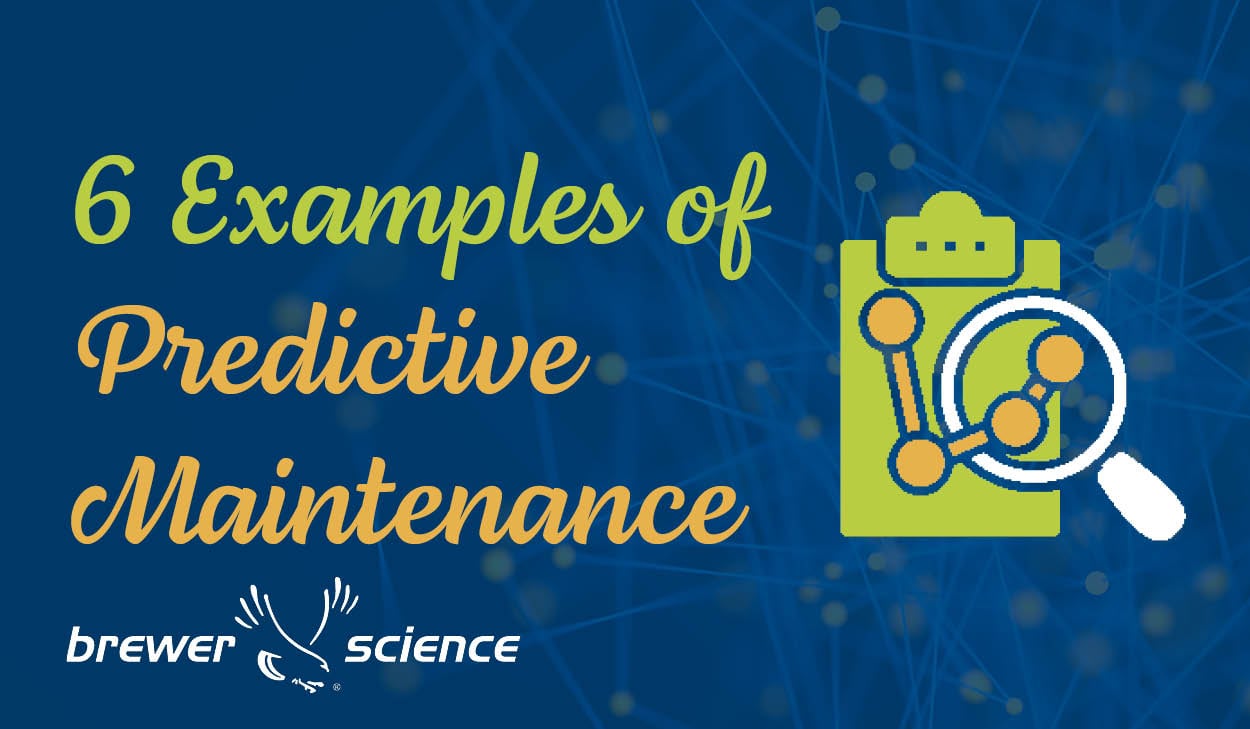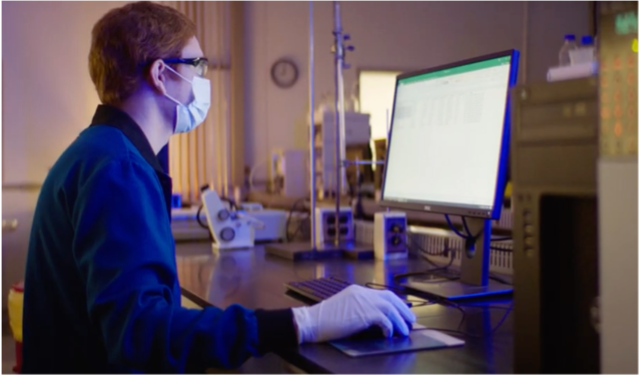By 2021, consumer drone sales will reach 67.9 million units, according to market research firm Tractica. Let’s be clear — that number largely represents drones that will be purchased for entertainment purposes by hobbyists, flight enthusiasts, and other private individuals. With drone prices dropping over the same time frame and drone technology improving, the commercial applications for drones appear vast.
The small, remotely controlled aircraft relies on technology that might have seemed like science fiction just a few decades ago. The refinement of sensor technology has allowed drone manufacturers to build fast, versatile devices with both essential flight capabilities and some very advanced data-gathering features.
Sensors make the magic
Leading-edge sensor technology enables drones to gather and react to data in real time.
To move remotely through the air and perform a variety of tasks, drones rely on several key types of sensors that measure:
- Position
- Speed
- Temperature
- Distance
- Light
- Magnetic field
- Electrical current
- Airflow
Brewer Science’s InFlect™ flex sensors and thermistors incorporate revolutionary carbon-based nanotechnology to deliver the kind of sensitivity and speed that modern drones require to perform an ever-growing variety of tasks.
Drones in action
Although drones were first used in military applications as early as the 1940s, the expansion of their uses and increase in numbers is a fairly recent development. The first drones for hobbyists came on the market in the early 2000s, and companies began exploring potential commercial applications soon after. By 2012, the demand for non-military drones was so great, Congress directed the Federal Aviation Administration to come up with rules for integrating drones into the national airspace. Those rules went into effect in late August of 2016, and they include requirements such as:
- Drones must be under 55 pounds.
- Drone pilots must be at least 16 years old and pass a written test.
- Drones can only fly during the day, below 400 feet and at least 5 miles from airports.
- Drone owners must register their recreational drones in a national database.
Additionally, some states have passed their own laws governing the use of recreational drones. In work applications, drones are being used for monitoring and surveying purposes, wildlife conservation, law enforcement, agriculture, movie-making, and news reporting. Drones have been used to record live sports and political events, conduct geological surveys of dangerous or remote areas, help police pursue suspects on the run, and to inspect structures like bridges or buildings under construction.
Drones in the future
Some companies have begun exploring the possibility of delivering merchandise to consumers using drones. Of course, the size and weight of the items will be limited by the drone’s capacity, but unmanned aerial vehicles could make it possible to expand the number of consumers eligible for same-day delivery of product orders.
Healthcare applications are also interesting. Drones could be used to transport medicines and supplies to remote areas in the developing world, or to achieve faster delivery of critical samples to testing labs in the U.S. Drones may even play a role in bringing the Internet to all corners of the world.
Advances in sensor technology have made drones cheaper and more reliable — two factors that have influenced the growth in the number of drones and the expanding interest in their commercial applications.





Subscribe to Our Blog